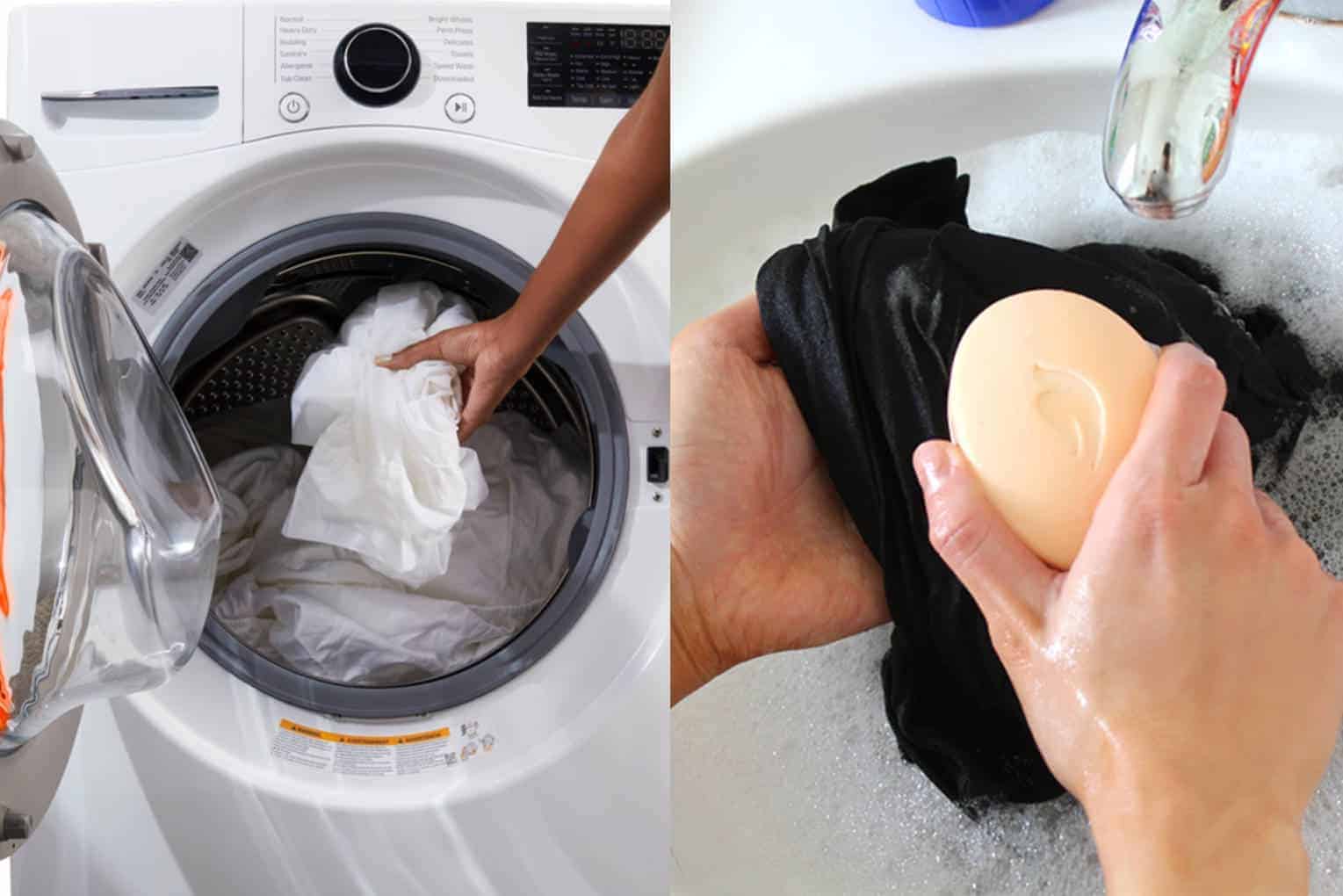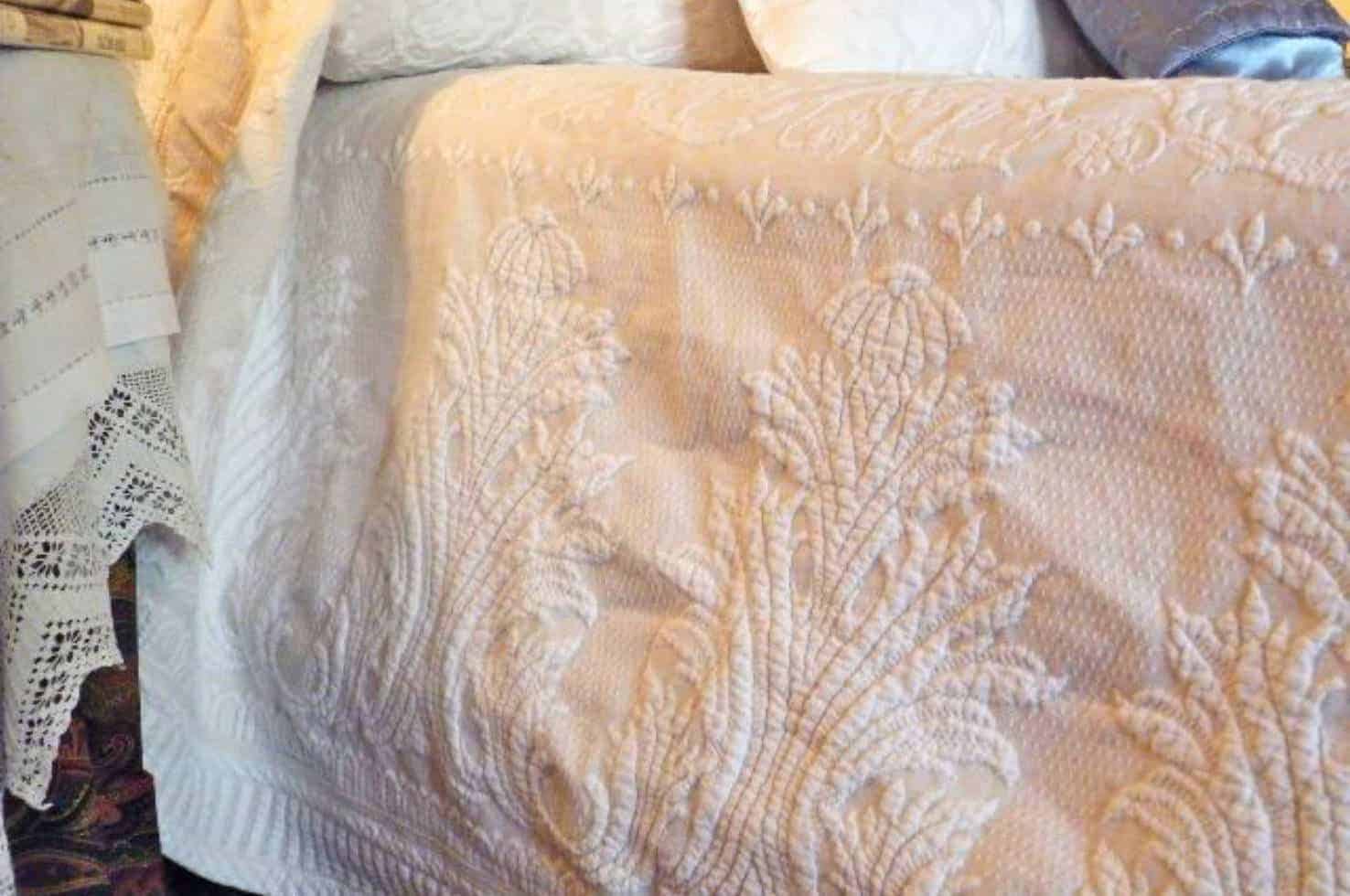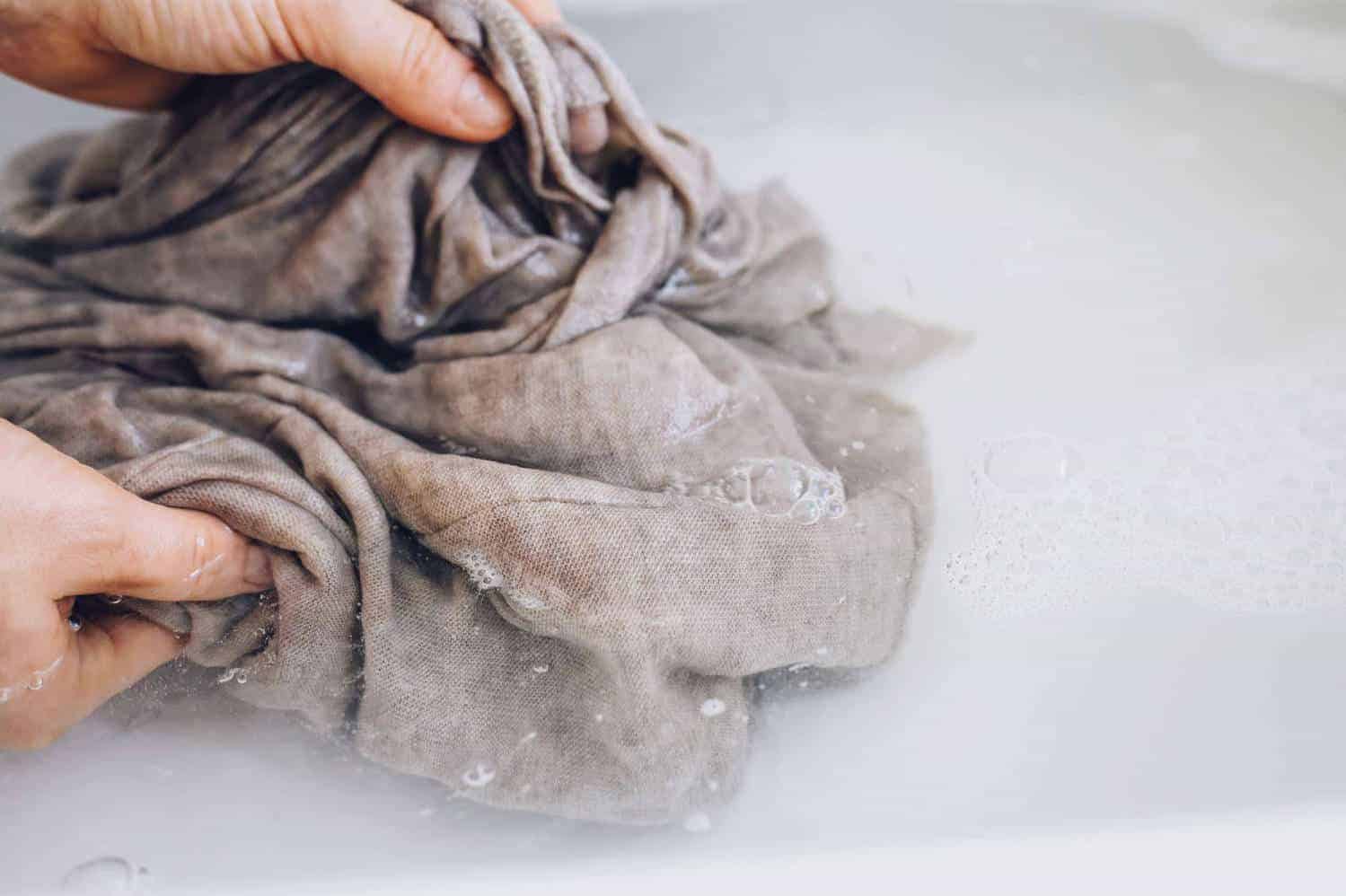As fashion has been going up and about in full circles, the admiration for vintage style is alive again in the fashion scene today. Thus, owning these articles requires knowledge of how to wash vintage clothes.
This way, you can take better care of your clothes and keep them alive longer.
Vintage Clothing
In today’s generation, many people misunderstand what vintage clothes are. The majority think that the style makes a piece of clothing “vintage.” However, the truth is, it’s all about how old the article of clothing is rather than what style they have.
The word ‘vintage’ applies to clothes aged 20 to 100 years old. With that amount of time, the clothes became a marker of the era they were created. In other words, vintage clothes reflect the fashion trends and styles of the period they were made.
This is why pieces of vintage clothing are pretty much remarkable. A lot of vintage clothes trigger a feeling of nostalgia.
In a way, it’s typically labeled as unique because seeing clothes from a whole different era mixed with the trends and styles that are created today stands out. Here are some popular styles before and in line with their age.
- The 1920s – During the 1920s, some iconic fashion items were flapper dresses, shorter dresses, pinstriped suits, fedora hats, long beads, suspenders, bow ties, sailor blouses, brim hats, and many more.
- The 1930s – slingbacks, oxfords, puffy and flutter sleeves, dresses with higher belted waistlines, baggy pants for the beach, bolero jackets, peep-toe shoes, etc.
- The 1940s – Knee-length dresses, wool plaid skirts, victory suits, square-shouldered jackets, wide-legged high-waisted pants, Kitty Foyle dresses, workwear overalls, wedgies, oxford, and saddle shoes, felt, beret, brooches, etc.
- The 1950s – Tea-length dresses, pencil skirts, Peter Pan collars, circle skirts, stilettos, long narrow skirts, gingham, polka-dotted fabrics, etc.
- The 1960s – Shift dresses, bold patterns, tie-dye shirts, mini skirts, box-jacket suits, bohemian style clothes, go-go boots, bell-bottom jeans, flowy tops, etc
- The 1970s – Fashion of the 1970s included frayed and bell-bottom jeans, ponchos, platform shoes, peasant blouses, maxi dresses, and wide lapel shirts. Accessories like headbands and chokers were also popular.
- The 1980s – Leg warmers, large and funky accessories like earrings with neon colors, funny packs, gold chains, pearl necklaces, golf shirts, stilettos, etc.
- The 1990s – High-waisted mini skirts and trousers, knee socks, cardigans, baggy flannel shirts, chokers, slip dresses, turtle-neck sweaters, capri pants, jelly shoes, etc.
Washing Vintage Clothes: Washer vs. Hand Wash
Taking care of your vintage clothes is no different from taking care of your regular clothes. Perhaps the only difference to take note of is the ‘age’ and the effect of this on your clothes’ material.
In this case, there should be extra guidelines to follow to make sure each one of them stays in great shape. When it’s wash day, you may be curious about whether or not it’s okay for your clothes to be put in a washer.
Inspect your clothes
One of the first things you need is to inspect your clothes for any care tags. Many garments have tags, especially when they require extra care, as sensitive fabrics do.
Tags are not limited to branding and brand promotion. Depending on what the company decides on, they also serve other purposes like fabric care, cleaning instructions, do’s and don’ts, etc.
Most tags include wash instructions as deemed necessary by manufacturers. Suppose the labels state that the piece of clothing is washable.
If so, the clothes are safe in the washer as long as you follow their wash instructions. On the other hand, if there’s no tag and you are in doubt, it’s best not to put it in.
Whites and darks
If the clothes happen to be safe for washing, then the next thing left to do is prepare them for a wash. In this case, it’s essential to keep the whites and light-colored clothes away from the darker ones to avoid getting colors rubbed onto the white and lighter ones.
Fabric
When it comes to what you can and can’t wash in the washing machine, you need to consider the fabric. Some fabrics are sensitive, and putting them in the washer will stretch them out like they aren’t supposed to.
It’s safe to wash clothes made of cotton, linen, nylon, polyester, spandex, and other fabric that’s labeled “safe for washer” or “washer-friendly.”
Washing Vintage Clothes
Washing vintage clothes can be very different than how you usually wash as it may require special care. This depends on the material and style, but it’s good to know how to take care of them rather than potentially ruin them due to lack of information.
- Get support. When washing without support underneath them, the process can stretch your clothes too much than they are supposed to. You can lay your clothing item down on a nylon net.
- Soak it in cool water while still on the nylon net.
- In washing them, use a mild detergent not to overwhelm the fabric. As a user, you would know whether your clothes are slightly or majorly dirty. If they are not so dirty, using an overly concentrated or strong detergent might ruin the fabric’s overall quality.
- Locate stains – To ensure a good clean, it’s vital to locate stains if there are any. However, not all stains are treatable, depending on the material and its color. It would be best to wash them the way you would for delicate fabrics. On the other hand, when dealing with sturdier fabric, you can opt for bleach (color-safe if dealing with dark-colored clothes).
- Rinse thoroughly – After applying the appropriate steps according to your clothes’ situation, rinse your clothes thoroughly and make sure there isn’t any noticeable dirt.
- Air dry your clothes. This process will help you eliminate the traces of detergent on them.
Washing Vintage Linens
Linen might strike you as a fabric that needs extra effort and care when it’s effortless to take care of them in reality. If you have vintage linen materials, then here are ways to wash and clean them.
- Segregate your linens according to their color; whites and lighter colors and the darker ones together.
- Soak your linen in lukewarm water overnight. This will eliminate the traces of old detergent and allow hard dirt to weaken and disintegrate. The soaking process also rehydrates the fabric.
- When you happen to notice your linen fabric has yellow patches or is slowly turning into something yellowish, get a half cup of oxygen bleach and mix it in 2 to 3 gallons of water. It’s important to note that chlorine is not recommended as it can weaken and potentially ruin the fabric.
- Then, carefully work on the linens, gently scrubbing and rubbing them using your hands.
- After working on the linens, soak the fabric again until the yellow is out of sight. This may last for many hours, but it will be worth it to get rid of the yellowish substance on them.
- After soaking and seeing your desired results, you can now rinse your linen fabrics. In rinsing your clothes after the soak session, it’s important to note that cold water should be used.
- After taking care of the stains, get a mild detergent and mix it in a tub of warm water. Then, place the fabric onto the mixture.
- Wash the fabrics with your hands gently. Take note that you are not to rub or scrub hard. Keep it gentle.
- Drain water.
- Rinse again but now use warm water. Remember not to wring or even twist them.
- Air-dry the fabric, and you are good to go.
Tips in Washing Vintage Clothes
- Please do not wash them frequently. If it’s not so dirty, do not wash them after every use and leave them an opportunity to breathe. Washing them constantly might stretch and overwork the fabric leading to further damage in the long run.
- Use warm water for natural fabrics and cold for synthetic materials.
- Washing your clothes individually, limiting to cleaning one article of clothing at a time, is worth it.
- Do not use wire hangers as they can stretch your clothes, altering how they look and fit.
- When washing clothes with zippers and hooks, make sure you zip and fasten them up to avoid them catching on anything inside the washer (if you are using one).
- Velvets, suits, and coats should be best cleaned at the dry cleaners.
- Air dry your clothes as much as possible to save energy and money on bills.
- Press the water out and avoid twisting or wringing them.
- Take note to use gentle cycles and if opting for hand wash, do it with carefulness.
- To avoid washing your vintage clothing in a row, make sure to air them after using. This will eliminate the odor and allow you to skip washing it for the day.
- Take good care of your clothes as you wear them to avoid dealing with stubborn stains.
- If you think you can’t handle treating the stains and washing the garment, leave it to the experts or ask for advice on washing the garments.
Summary
Owning vintage clothes is fun and at the same time requires a series of things to do that are necessary for keeping them in their best condition.
These garments have survived a long time, so it’s important to know how to wash vintage clothes. This is to make sure that they live longer and you can maximize their good quality.

Jessica Oliver is a fashion enthusiast with more than ten years of experience in the industry. She previously managed her own clothing store in New York before becoming a mother of three. With a passion for sustainability and a desire to share clothing care and recycling tips.




